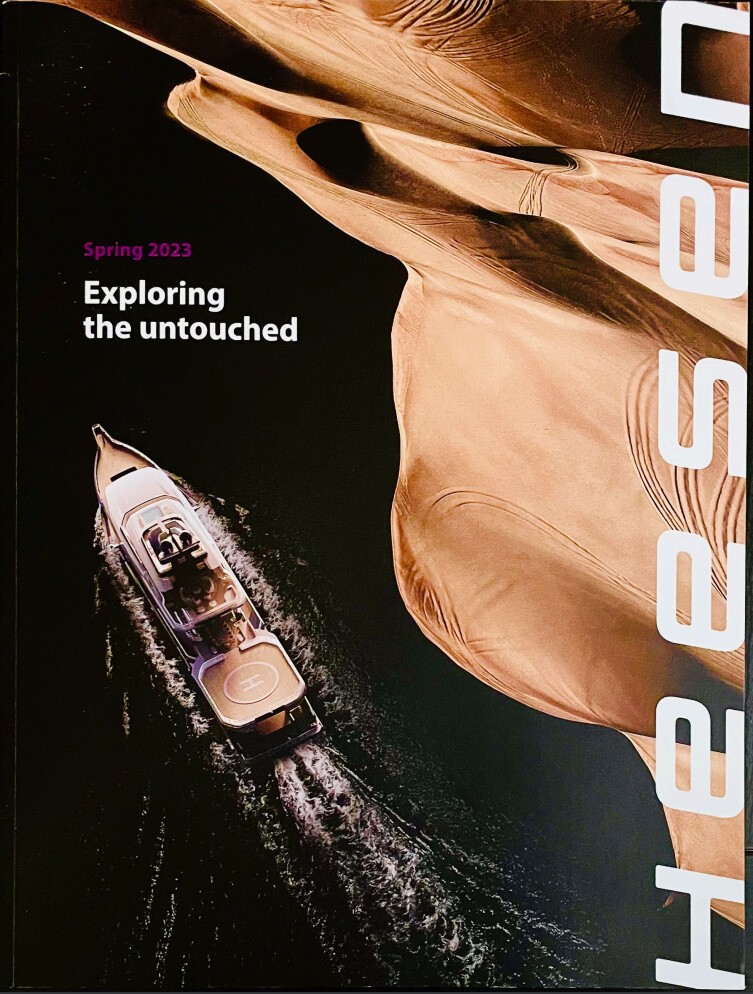
Whether green, black, infused or bubble, the global consumption of tea remains a constant. It was the Chinese who first took to the thirst-quenching beverage, back in 2700 BC, later building exquisite tea gardens as tributes to the Emperor. But it was the Dutch who first brought tea to Europe, in 1606, from Japan, where the spirituality of the tea ceremony had already spread from Zen monasteries into the wider world.
As tea became a fashionable and expensive novelty in England’s coffee houses, Dutch taverns served the drink from their newly invented ‘tea set’, and the East India Companies of both countries set up trading posts across Asia to facilitate the lucrative tea and spice trades. By the 19th century tea was in such demand that ships would dash to bring the new season’s crop to London in the exciting ‘tea clipper’ races that stretched from China across the Indian Ocean and around the Cape of Good Hope. Huge bets were placed on these fast and sleek ships, which were specifically designed to speed up the transportation of tea.
Tea went on to conquer the globe. The British smuggled tea bushes from China to India. An Iranian trader secretly carried tea plants from India to Iran at the end of the 19th century. Today India and China still dominate tea cultivation, but it is tea grown on the Black Sea coast that sees Turkey as the most tea-drinking country per person in the world.
As a commodity with such a history and a tradition of exclusivity, tea has long been associated with paraphernalia of the highest quality, from exquisite lacquered caddies in Japan to the finest European porcelain. Today’s tea enthusiasts can celebrate their love of the leaf with the Lotusier tea humidor, which is exceptional in every way. Conceived for the storage of a variety of fine teas in optimal conditions, it is handmade from the beautiful woods and materials, sensitively and responsibly sourced, and draws on the loftiest European artisanal skills and traditions.
The humidor is the brainchild of Åsa Eriksson-Ahuja, a Swedish-born and London-based entrepreneur with a passion for tea. Each one takes between 10-12 weeks to craft and assemble, depending on the intricacy of the design and marquetry. Some designs have more than 600 individual hand-cut wood veneer pieces that need to be coordinated by colour, grain and shape.
Containing over 20 distinct components crafted in 12 workshops across four European countries, Lotusier’s humidor showcases the work of multiple skilled artisans. Specially designed to promote the beauty of tea whilst preserving its flavours and qualities, the humidor opens to reveal hand-blown crystal containers that form the hub of an elegant humidification system.
The crystal containers offer silicone-sealed protection from the light and the atmosphere, while an advanced two-way humidity control allows the user to add or remove humidity for up to six individually housed teas.
“We consulted with and commissioned a wide range of technical experts and craftsmen during the development of the humidors, from Swiss hinge makers to silk tassel weavers,” says Eriksson-Ahuja. “The German-made instruments that record the humidity and temperature inside the humidor – four to six hygrometers and a thermometer – were finely calibrated and made to the highest specifications.”
Some commissions have been specially adapted for superyachts and aircraft. The glass and metal sand timers are secured so as not to rattle in choppy seas, while the crystal containers are fixed to metal holders using hidden magnets. “These features were not in the original design, but have been adopted following extensive research, in response to specific requests from the yachting fraternity,” she says.
Available in five collections, each inspired by a specific tea drinking culture – China, Japan, the Indian Subcontinent, the Middle East and the Euro-American Occident – the creation of the humidor bears witness to a growing enjoyment of fine and rare teas around the world. Every component and material is selected for its beauty and practicality. Prices starting at around £12,600.
Various finely grained woods such as sycamore and Tanganyika, are used for the external body, many of them dyed especially for Lotusier, and all are responsibly sourced. On the inside, alongside the crystal containers, are refined metallurgy pieces in both chrome and stainless steel. The humidor key is decorated with tassels made from strands of Indian silk.
When it comes to customer appeal, Eriksson-Ahuja is in little doubt: “People want a technically sophisticated device that will protect and preserve the nuanced flavours and aromas of tea for longer than other available methods. And an object that will make the presentation and serving of tea uniquely personal to them.”
Considering how tea is now second only to water as the world’s most popular drink – the British alone consuming 60 billion cups per year – it seems only fitting that the ceremony of tea should incorporate a bespoke palace in which to store it.
